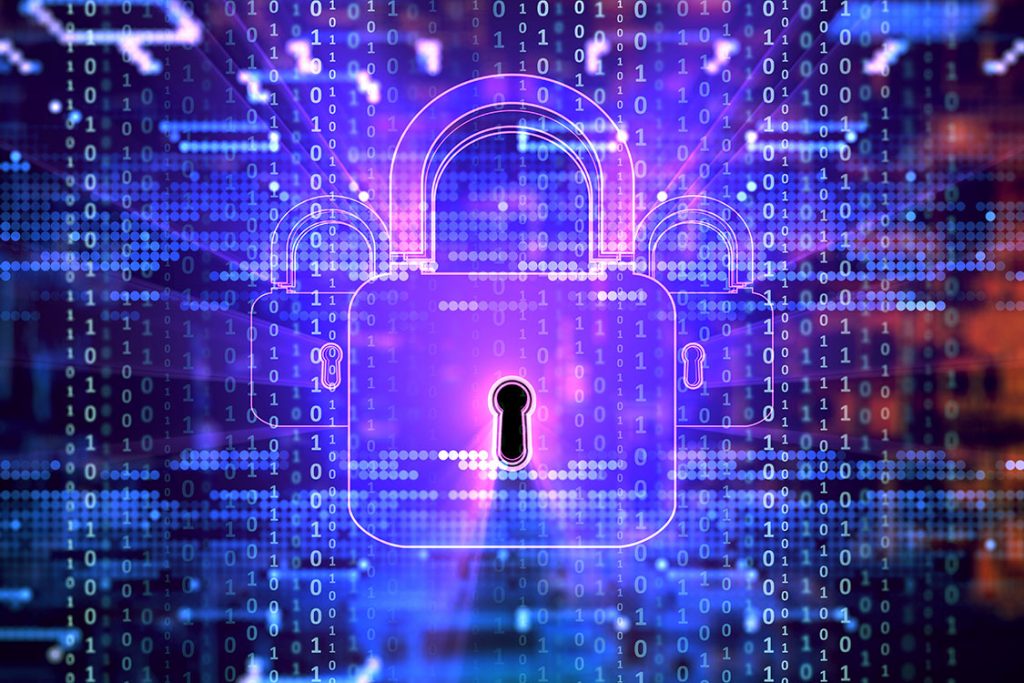In the last few years, we have seen a massive drive for digital transformation globally, which has impacted enterprises of all sizes across every industry. Even Microsoft CEO Satya Nadella admitted that the tech giant had experienced two years of digital transformation in 2 months.
In a post-pandemic world, businesses are increasingly looking to leverage exciting new digital technologies such as AI, the internet-of-things (IoT), and automation to gain a competitive advantage. As a result, emerging technologies are helping leaders reimagine the traditional business models they built their success and are innovating new ways to leverage their vast amounts of data for further growth.
However, this has also created an expanded attack surface that could quickly ensure that data goes from being the most significant asset in a company to its biggest liability. The arrival of remote working at scale and increased cloud adoption quickly changed everything and highlights why we all need to rethink cyber security in the age of digital transformation.
How did we get here?
It wasn’t too long ago that businesses hosted all their IT equipment and applications on-site. Traditionally, cyber security was based on the castle-and-moat concept, where everything outside of the corporate network was treated with suspicion. But users and devices inside the network were trusted by default. However, the flaw to this approach is that once an attacker gains access, they could instantly see everything.
Despite these growing risks, we are also seeing more traditional companies in sectors like manufacturing and engineering continue to leverage technologies such as big data, analytics, IoT, and blockchain to reinvent their strategy and business processes. But these emerging technologies are also leaving these companies more vulnerable to cybersecurity risks than ever before.
The proliferation of connected devices and the disappearance of the time-honoured perimeter have increased complexity and the potential threat landscape. As a result, every business is now challenged with updating its cybersecurity strategy and implement robust asset management that collectively will help ensure business continuity.
The role of IT has evolved too. Business expectations have gone beyond the technology behind the day-to-day operations. Every department is looking to implement new technologies that will help them cut costs, move faster, and improve productivity. The events of the last few years have put IT in the spotlight as businesses look to technology to unlock greater agility, resilience, and security.
Complex challenges and cyber security vulnerabilities
As business leaders accept that their digital transformation is a journey rather than a destination, it’s time to ensure that cyber security becomes a top priority. In addition, the rise of hybrid working is taking employees outside of the traditional secure office environment and corporate network monitoring. IT must be seen as business enablers rather than blockers as employees increasingly expect to work on any device, network, and location.
Security teams are challenged with the complex tasks of protecting company data in a new world where teams work on home networks or public Wi-Fi on outdated equipment with weak passwords. It’s also becoming increasingly common to see a mixture of on-premises private cloud and multi-cloud systems, further complicating securing company and customer data.
These vulnerabilities all represent new threats to businesses in this age of digital transformation and create a strong case for a zero-trust approach to cybersecurity. But unfortunately, there is no such thing as cookie-cutter approach to unlocking the perfect security posture, and you can’t improve what you don’t measure. For these reasons alone, leaders must perform an audit on all potential vulnerabilities across every digital process.
The emerging technologies making cyber security fit for a digital age.
Many businesses are increasingly adopting the zero-trust approach to their cyber security posture. But other emerging technologies are entering the mainstream too. For example, AI can process data exponentially faster than human analysts, but it can automate and improve vulnerability management too.
AI and machine learning are also continuously learning, making it much easier to identify suspicious patterns on the network. This proactive approach to cyber security can help detect potential security incidents and block them before a support ticket is even raised. Last year, the AV-Test Institute found more than 1.3 billion new examples of malware, but once again, AI and ML-powered systems can also identify and protect against such threats based on inherent characteristics.
Blockchain technology is also beginning to step forward and play a vital role in various use cases for cyber security. For example, utilising encryption can protect data from unauthorised access, and it can also be leveraged to verify IT activities such as software patches and firmware updates. But one of the most appealing factors of blockchain is the ability to prevent hackers and bad actors from accessing data during transit and decentralising the administration of IT systems.
Cyber security is everyone’s business.
Cyber security has undoubtedly changed in the age of digital transformation. The proliferation of connected devices and the disappearance of the time-honoured perimeter have increased complexity and the potential threat landscape. As a result, every business is now challenged to update its cybersecurity strategy and implement robust asset management that collectively will help ensure business continuity.
The costs of ignoring cyber security responsibilities can be devastating to a business. For example, in 2018, the British Airways website diverted users’ traffic to a hacker website where hackers stole the personal data of more than 400.000 customers. Further investigation revealed that the airline had inadequate security mechanisms to prevent cyber-attacks from happening, which resulted in a €22.4 million GDPR fine.
As the attack surface widens, cyber attackers are looking to exploit the fact that employees are still considered the weakest link in security. For these reasons alone, it’s never been more critical to embed a cyber security culture across an entire organisation. With a penalty of £17.5 million or 4% of annual global turnover at risk, it’s clear that cyber security is now everyone’s business.

